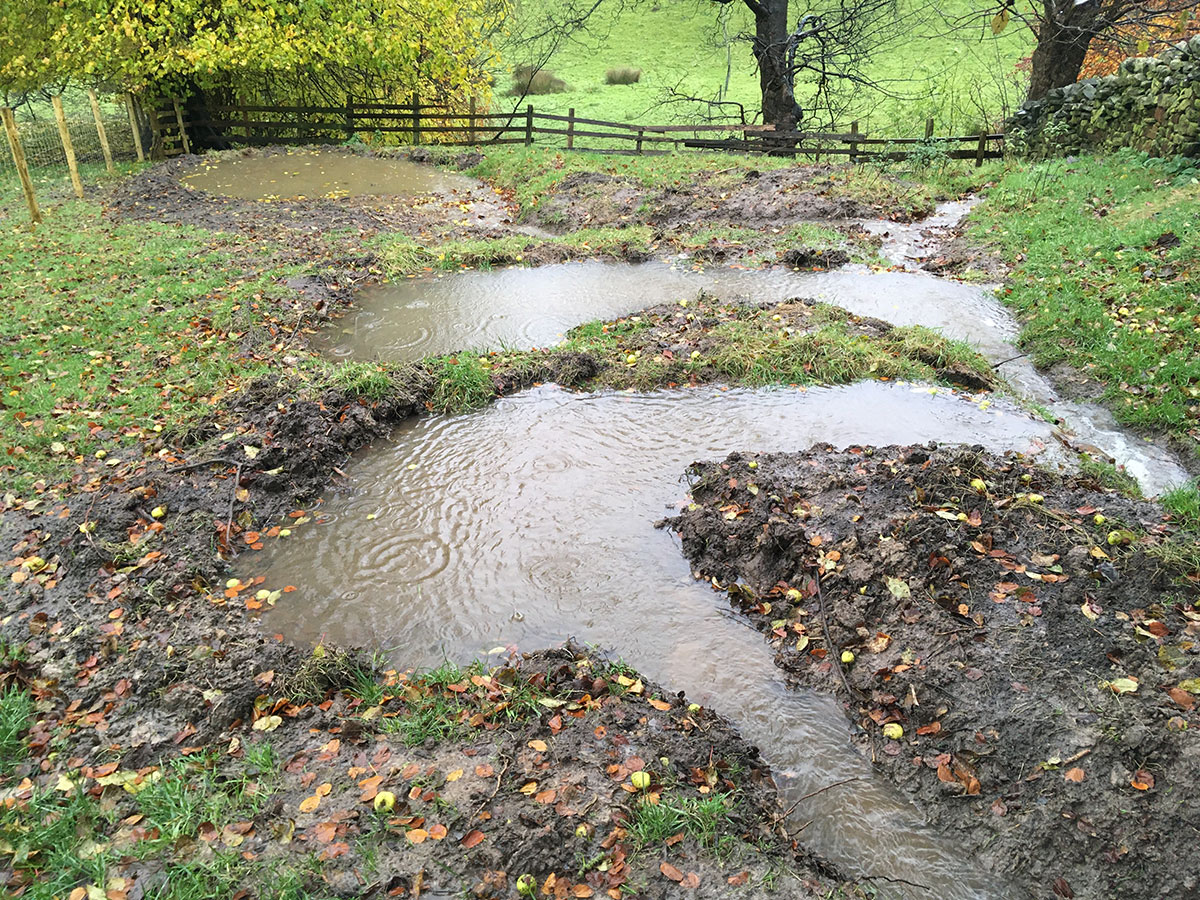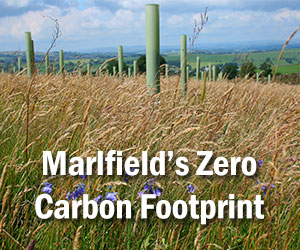Biodiversity & Conservation
The biodiversity of the farm and the wider environment are very close to our hearts. We are farming for nature more than we are farming for profit and as a conequence, we are pleased to support and promote biodiversity and conservation on our farm in a variety of different ways.
Meadows and Pastures
Marlfield Farm is a small, traditional farm, which has had limited improvement over the years. It has therefore retained some unimproved grassland with a lovely range of grasses and flowers. We manage the meadows so as to retain the existing diversity and to restore wildflowers to a larger area. A large part of the farm has been planted with native broadleaved woodland. This is already home to a large population of birds and small mammals.

Wetlands & Flood Management
The river that we farm alongside is prone to flooding downstream, so in 2019 we worked with the Environment Agency to devise a suite of natural flood management measures to slow down and store flood water on our land. This includes new hedgerows and ponds as well as leaky dams. Natural Flood Management means that we are working with nature to restore natural processes to the land, and creating habitats for wildlife at the same time. To find out more about this project, please see our Marlfield Natural Flood Management page.

Native Breeds
Our primitive and rare breed sheep help us to manage this environment as well. Different breeds prefer to eat different things, so we move them around the farm accordingly. For example, the North Ronaldsays love to eat nettles, so if we have too many nettles in one field we can move the Ronnies in for a while to nibble them down. Our sheep graze our land in a balanced manner, helping to keep the pasture in good condition and promoting a rich biodiversity in our pastures.

Woodland
We have over 25 acres of new and mature woodland at Marlfield Farm. A large portion of this was planted in 2008 and we are always looking at ways we can add to this, ensuring the right tree in the right place. Our woodlands are a mix of native broadleaved species such as oak, holly, willow, hazel, birch, alder, rowan, cherry and many more.
Sadly we have a lot of ash suffering from "chalara" (ash die back) but we are hopeful about the long term survival of the species as there are many trees which seem to be coping with the disease quite well.




